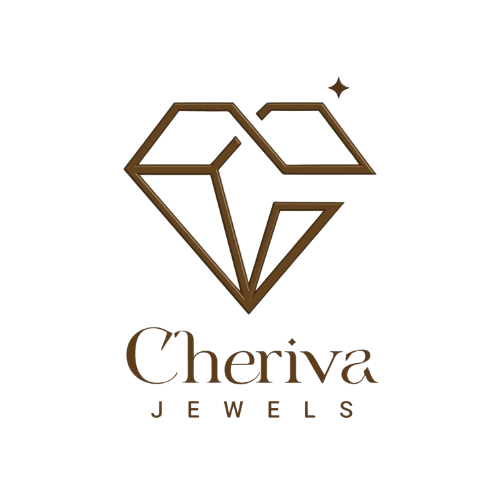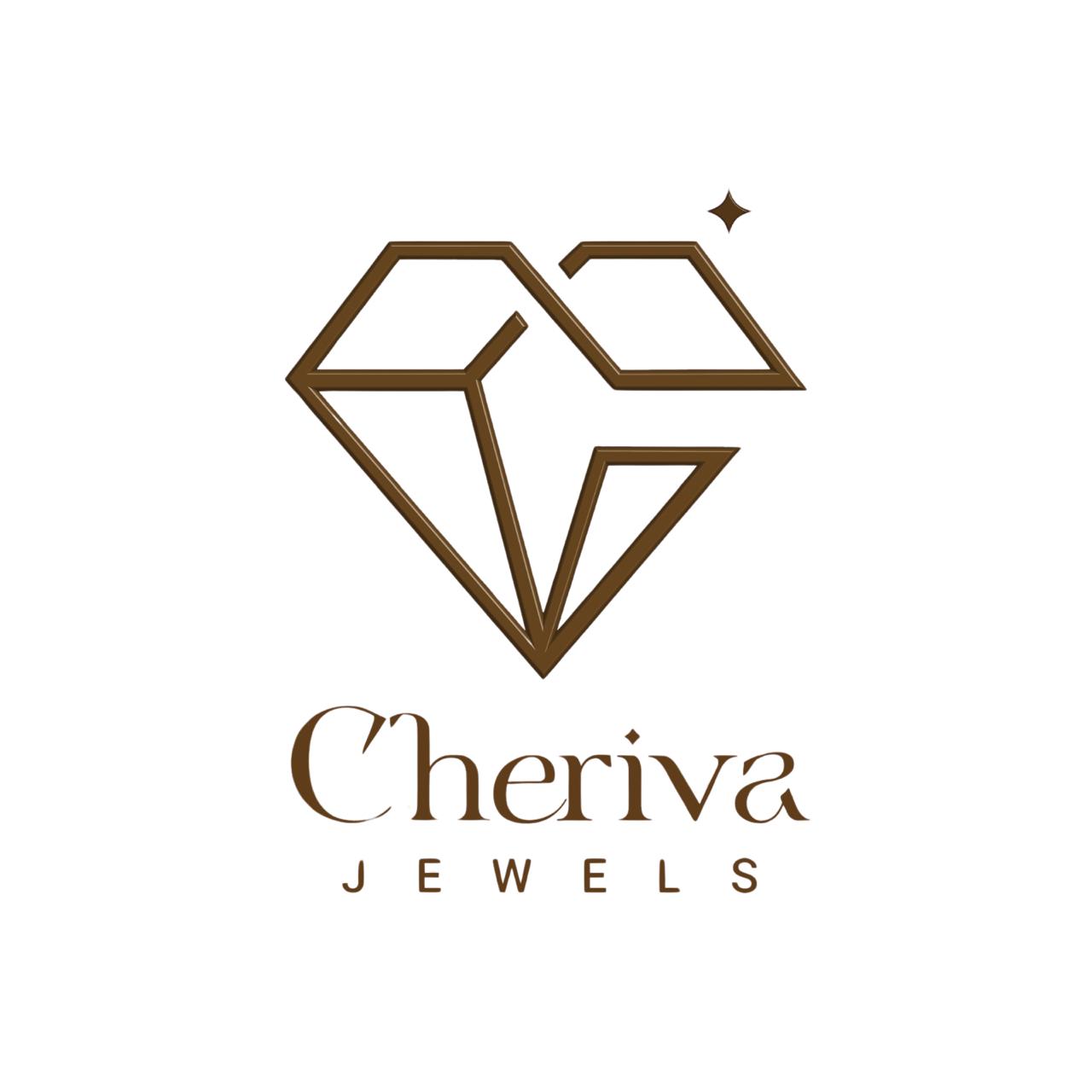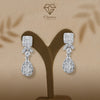
Lab-Grown vs Mined Diamonds: 10 Important Points to Check
In a world where a person wants to buy diamond jewelry, they have a first question: is buying mined diamonds good, or should I save money with lab-grown diamonds?
This is not uncommon. 2/3 of buyers have this question. After all, it’s not just about a cut grade or superior clarity but also about conscience, innovation, and value.
For years, the traditional path to owning a diamond was natural mining. A process that’s been romanticized and commercialized. But with advancements in technology and growing consumer awareness, lab-grown diamonds have stepped into the spotlight, challenging what it means to own a "real diamond."
If you’re trying to decide between a lab-grown and a natural diamond, it’s essential to understand the real differences beyond marketing campaigns. In this comprehensive guide, we break down 10 critical points to help you make an informed, confident, and value-driven choice.
Know Their Origin Story: Billions of Years vs Six Weeks
The first point to know the difference between these two types of diamonds is “origin,” which means where they were produced.
Mined Diamonds:
Mined diamonds are nature’s masterpiece. They formed over 1 to 3 billion years ago, 100–150 km beneath the Earth’s surface, and they require extreme heat and pressure. These gems are brought to the surface through volcanic activity and extracted via open-pit or underground mining. Usually, they are found in regions like Africa, Russia, Canada, and Australia.
Lab-Grown Diamonds:
In contrast, lab-grown diamonds are a result of human brilliance. Scientists use HPHT (High Pressure High Temperature) or CVD (Chemical Vapor Deposition) to simulate the same natural environment. In just 4–10 weeks, a diamond seed crystal grows into a full-sized gemstone. The best part is a real diamond.
The Result?
Both types are crystallized carbon. The process is different, but the outcome, structurally and chemically, is the same. So, cheers if you pick lab diamonds over the costly natural ones.
2. Chemical and Optical Properties: Science Says They’re the Same
Once you know the origin of diamonds, it’s time to know their properties.
You have a question: since mined diamonds are natural, they have a better quality. But what about the lab diamonds? These diamonds are produced manually. Do they have quality?
The answer is a big “YES.”
If you place a mined diamond and a lab-grown diamond side by side, even an expert jeweler won’t be able to tell them apart with the naked eye. That’s because they share:
-
Same refractive index (2.42)
-
Same hardness (10 on the Mohs scale)
-
Same brilliance, fire, and scintillation
-
Same composition: pure carbon arranged in a cubic lattice
Only with advanced gemological equipment, like spectroscopy or inclusion pattern analysis, can it be distinguished and tell which one is natural and which belongs to a cultured diamond.
The Result?
This equivalency is why GIA and IGI issue grading reports for both. When someone asks, “Are lab-grown diamonds real? The scientific answer is 100% yes. You won’t sacrifice beauty or authenticity by choosing a lab-grown diamond. It’s indistinguishable from mined in look and quality.
3. Pricing: Why Lab-Grown Diamonds Are 50% Cheaper.
Here’s where things get eye-opening.
Whenever you want to buy a promise ring for your girlfriend or a wedding anniversary pendant for your husband, you always think about how much it costs, and it is over budget.
So, basically, you have two real diamond options: 1. Natural and 2. Lab-Grown. They are available at different price points.
For example, a 1-carat round-cut diamond costs around $1297 to $10,243. A lab-grown diamond with the same 4Cs grade charges only $375 to $1179. This is a huge difference between these diamond prices, around 50% off.
Your mind quickly pops up the question, why do we have to spend more on mined diamonds, as we have the option of lab diamonds with the same quality?
The reason behind the affordability of lab-grown diamonds is greater control over production, reduced logistics, and lower overheads across the jewelry design fulfillment. They make them the top choice for traditional and fashion jewelry.
What does it mean to you?
This price difference allows you to either save money or upgrade to a larger stone or higher quality without exceeding your budget.
4. Ethical Considerations: Beyond Conflict-Free
Knowing where the diamond comes to your hand is becoming important. After all, you’re purchasing them to create celebration moments with your loved ones, right?
Let’s look at what natural diamonds do and how lab diamonds are making the USP.
-
Mined Diamonds
We’ve all heard of blood diamonds, where gems are mined in war zones and used to fund conflicts. While the Kimberley Process claims to certify “conflict-free” diamonds, it sometimes fails to address the negative consequences (here we are talking about the incidents not being reported to a higher authority), like:
-
Child labor
-
Unsafe mining conditions
-
Forced displacement of indigenous communities
-
Lack of traceability
While many mined diamonds today are certified as conflict-free, the complexity of global supply chains can make it hard to trace their full history.
-
Lab-Grown Diamonds
Lab diamonds are created in controlled environments, and they come with:
-
Full traceability
-
No conflict or labor violations
-
Transparent production ethics
Where ethics are deeply connected with purchase choices, especially for weddings and gifts, knowing your diamond didn’t harm anyone matters. It’s a perfect moment to get it for wedding bands or a stud earring you want to gift.
Lab-grown diamonds are created in controlled lab environments. Workers are skilled professionals in urban labs with safe conditions. That peace of mind? Priceless.
5. Environmental Impact: A Tale of Two Footprints
It’s not enough to know the ethical practices in diamond production. You also have to know the environmental impact of natural diamonds and lab-grown ones.
-
Mined Diamonds
The environmental damage caused by diamond mining is very serious:
-
Up to 250 tonnes of earth are displaced to mine one carat.
-
Each carat produces over 500 kg of CO₂ emissions.
-
Rivers, forests, and local ecosystems are permanently damaged.
We’re not saying this. But official reports and research bring it out.
So, question yourself: is it worth buying a natural diamond with the possible negative outcomes not only to society but our planet? Think twice.
-
Lab-Grown Diamonds
Lab-grown diamonds, especially those made with renewable energy and use up to 90% less water and emit far less CO₂.
This points out that the production of lab diamonds doesn’t involve high electricity consumption as mined diamonds. Ultimately, the emissions of gases can be prevented and bring purity in the diamonds. That’s why choosing these diamonds can be more eco-friendly and socially positive.
6. Certification and Grading: Same Standards, Same Institutions
Don’t think that a lab diamond and mined diamonds have different certifications and grading analysis. As they both contain the same properties, they have:
-
Graded for Cut, Color, Clarity, Carat (4Cs)
-
Certified by a reputed lab (IGI, GIA, SGL)
The certificate ensures quality authenticity, helps in pricing, and is essential for resale. Purchasing diamond jewelry with a trusted certificate keeps you safe and relevant. As you can proudly say, your jewelry is not fake but real.
Remember: Some jewelers try to pass off non-certified lab-grown diamonds as “natural” or “semi-natural”. Avoid them. If a diamond doesn’t come with a transparent report, it’s a red flag.
7. Resale Value: Not as Simple as You Think
Many believe mined diamonds are better investments. The truth?
Even natural diamonds lose 20–50% of their retail value the moment you walk out of the store. Unless it's a rare, fancy-colored, or historically significant gem, diamonds don’t appreciate like gold.
At the same time, lab-grown diamonds have a less established resale market for now. But as acceptance grows, so will the buyback infrastructure.
Remember: Buy diamonds for love, not for returns. If resale is important to you, check with brands that offer buyback or exchange guarantees. Many do, even for lab-grown.
8. Customization and Availability: Creative Freedom with Lab-Grown
We know the diamond jewelry's meaning for you is not just a fashion ornament but reflects your personality.
Compared to natural diamonds, lab-grown diamonds offer unmatched control without thinking about money to be spent:
-
Size: Carat sizes from 0.25 to 10+ carats
-
Shape: Round, princess, pear, cushion, oval. All shapes are available in lab diamonds. In addition, baguette cut, round fancy, trilliant, asscher, and hexagon diamonds are easier to shape.
-
Color: Fancy hues like blue, yellow, pink, and even custom shades easy to get with the top-quality grading.
Most of the bridal customers are now requesting colored lab-grown diamond rings for the wedding ceremony and reflecting their commitment towards the relationship.
Different colored diamonds are not made only for wedding jewelry, but for anniversary gifts like pendants and tennis bracelets also become the ideal choice.
Since lab production is made-to-order, design freedom is higher.
Mined diamonds are naturally formed with a limited supply and may involve longer wait times or sourcing challenges.
So, it’s better to go with the ethical diamonds, lab diamonds.
9. Emotional and Cultural Significance: What Really Matters
Some still say, “A diamond isn’t special unless it’s natural.” But think about it.
What gives a diamond its emotional power? Is it age, or the meaning behind the moment you give or wear it?
The truth is, sentiment is not about geology. It’s about your story.
Lab-grown diamonds are increasingly chosen for:
-
Modern weddings
-
Anniversary gifts
-
Symbolic self-purchases
-
Graduation or milestone celebrations
They represent a new kind of legacy, one that prioritizes clarity of conscience along with clarity of stone.
While mined diamonds also have their importance and they’re still considered a premium choice for wealthy people. Just because of without any human intervention in formation of the diamonds, they think it’s a good to go with.
But, beyond the price tag of the gems, the emotional connection with them matters.
10. Market Momentum: The Future Belongs to Lab-Grown
Last but not least, what keeps the lab diamond apart from the natural one is the “Demand.”
Globally, lab-grown diamonds are expected to reach 25% of the market by 2026 across both bridal and fashion jewelry sectors. From all around the world, this shift is getting pace:
-
Leading jewelry brands now include lab-grown options.
-
Engagement ring buyers are increasingly open to non-traditional choices.
-
Millennials and Gen Z buyers are driving the demand.
-
Awareness about sustainability and ethical sourcing is influencing purchase decisions.
Even luxury brands like Pandora and De Beers’ Lightbox have embraced lab-grown diamonds, acknowledging shifting consumer preferences.
Lab-grown diamonds are not a fad. They are redefining the future of the jewelry industry.
Final Comparison: Lab-Grown vs Mined Diamonds
When comparing lab-grown and mined diamonds, it’s not about declaring one superior to the other. It’s about finding the right fit for your values, preferences, and budget.
|
Point of Comparison |
Lab-Grown Diamonds |
Mined Diamonds |
|
Origin |
Grown in labs using HPHT or CVD |
Formed naturally over billions of years |
|
Appearance |
Identical in brilliance and hardness |
Identical in brilliance and hardness |
|
Price |
30–50% more affordable |
Higher cost due to rarity and the mining process |
|
Environmental Impact |
Lower ecological footprint |
Can cause long-term environmental damage |
|
Ethical Concerns |
Transparent and conflict-free |
Risk of unethical mining practices |
|
Resale Value |
Still emerging in the secondary market |
Historically seen as more established |
|
Variety & Customization |
Easier access to size, shape, and colors |
More limited by natural occurrence |
|
Certification |
Graded by GIA, IGI, etc. |
Graded by GIA, IGI, etc. |
|
Symbolism |
Modern, sustainable choice |
Traditional, ancient symbolism |
|
Popularity Trend |
Rapidly growing demand |
Still considered the classic standard |
Conclusion: Buy What Aligns with You
Diamonds, whether mined or lab-grown, are symbols of commitment, love, and identity. What matters most is your connection to the stone, not just where it came from.
If you’re someone who values tradition, rarity, or resale, a mined diamond may still speak to you.
But if you seek transparency, modern ethics, sustainability, and style at a smarter price, lab-grown diamonds are the future—and they’re already sparkling in India.
Looking for Certified, Affordable Lab-Grown Diamond Jewelry?
Cheriva Jewels offers 100% IGI-certified, sustainable, and stunning lab-grown diamond jewelry. It is perfect for everyday elegance, office wear, festive sparkle, or modern weddings.
-
Ethical sourcing
-
Gorgeous designs
-
The price that lets you upgrade
-
Delivered with love across India
Explore a high-quality and affordable lab diamond jewelry collection and join the diamond revolution movement.
Like to discuss anything in between trending jewelry design you want or personalized jewelry charges? We’re ready to answer you. Contact us now.



